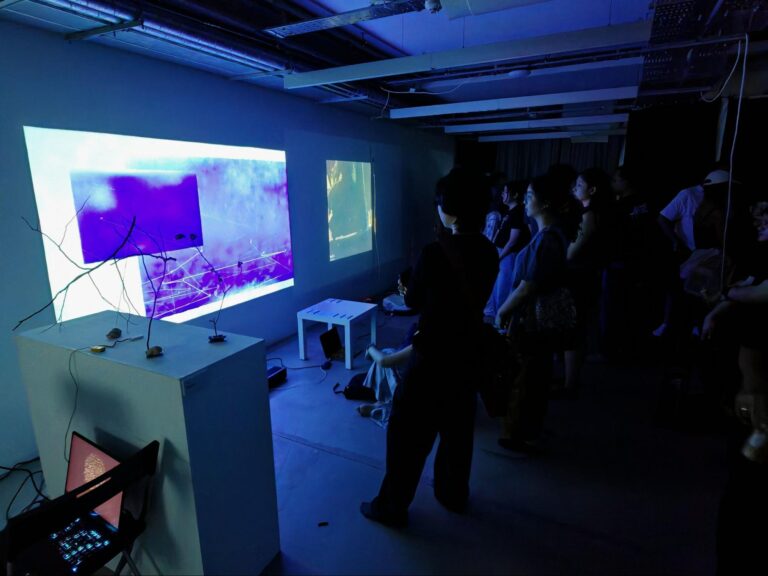A National Gallery Singapore Symposium Establishes Paris as a Multicultural Site of Artistic Exchange
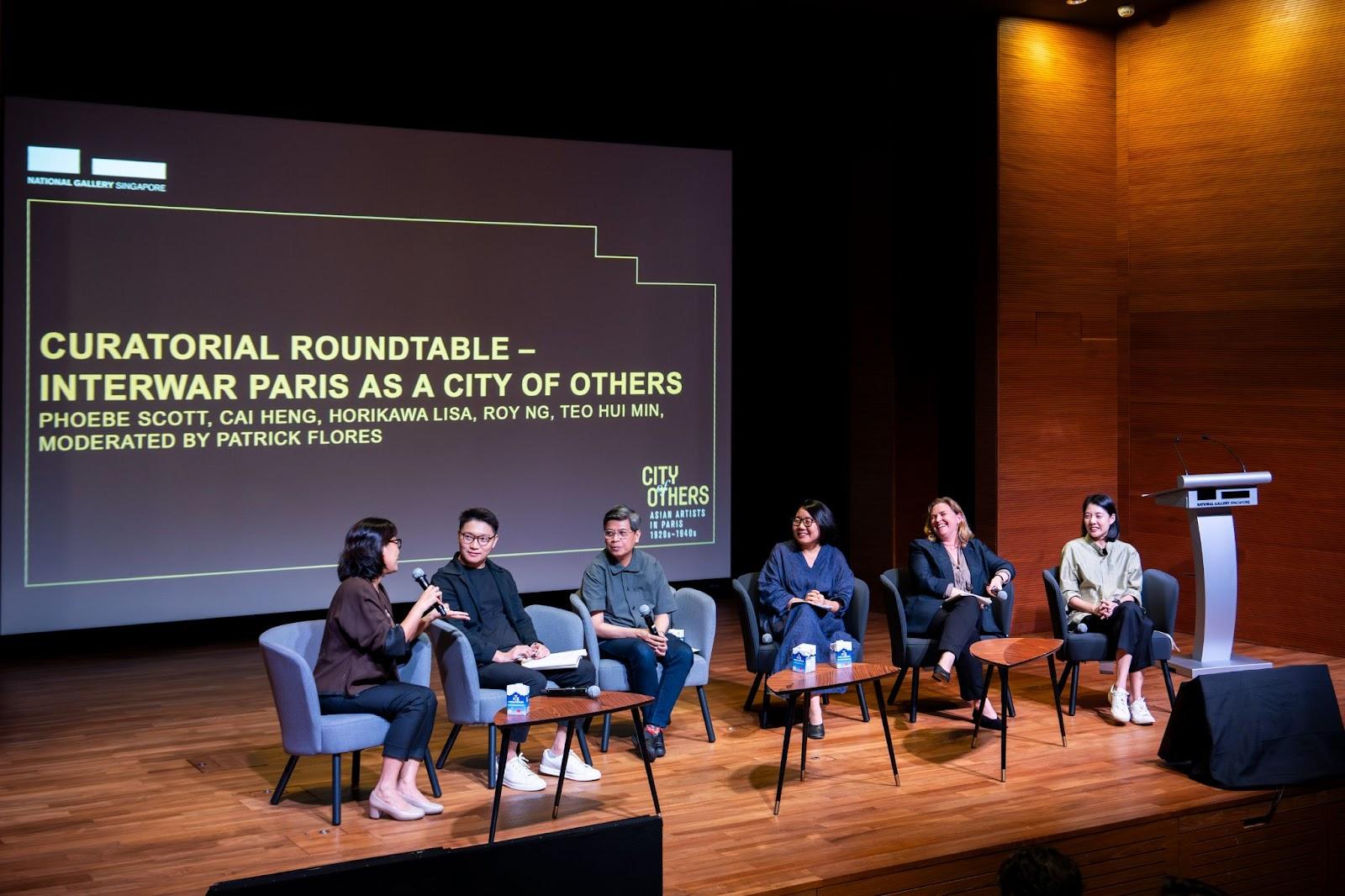

“If viewers visit the National Gallery Singapore today, a different 20th century unfolds.”
So said Dr. Patrick Flores, Chief Curator at National Gallery Singapore (the Gallery), in his opening remarks to the City of Others, City of Migrants: Art in Paris, 1920-1940s symposium held from 6–7 June 2025. Dr. Flores was referring to the fact that the Gallery’s current exhibitions, including City of Others: Asian Artists in Paris, 1920s–1940s as well as solo presentations of the artists Basoeki Abdullah and Fernando Zóbel, paint a new, more expansive picture of modern art. Rather than emerging only from Europe and America, 20th-century art was an infinitely complex arena of interactions between cultures and artists from all corners of the globe.
Organised in conjunction with the City of Others exhibition — which explores the experiences of Asian migrant artists in Paris in the period between the World Wars — the symposium brought together distinguished speakers from the Gallery as well as the United States, Japan, and France. Together, the presentations established Paris as a multicultural site where hundreds of diverse, individual dramas could play out: a place of challenge, tension, exchange, and opportunity.
African American artists in Paris

The opening keynote lecture was given by Dr. Denise Murrell, curator at the Metropolitan Museum of Art. Sweeping and authoritative, Dr. Murrell’s lecture began across the Atlantic in the cities of the Harlem Renaissance — that electric, radical first modern art movement led by African Americans. Her presentation starred Harlem Renaissance artists Archibald Motley, who spent a year in Paris under a Guggenheim Fellowship, and William H. Johnson, for whom the city facilitated an “artistic coming of age” from “the tentative student to the suave, cosmopolitan artist,” helping him develop his “inimitable style.”
Bringing together portraiture, history painting, photography, and street scenes in her analysis, Dr. Murrell also drew connections between Harlem Renaissance works and those in the City of Others exhibition. Her rich presentation dispelled the misconception of creative circles in interwar Paris being “monolithically white,” soundly establishing the city as a multi-ethnic site where black and Asian artists could redefine their personal, artistic, and cultural identities.
Curating the city of others
The symposium’s second day began with a lecture by Dr. Phoebe Scott, Lead Curator of City of Others. Dr. Scott’s presentation introduced three trends in art of the time — the Art Deco movement, “art colonial” associated with the colonisation of French Indochina, and the rappel à l’ordre or Return to Order, which saw artists returning to more conservative, classical forms.

Grounding her lecture in archival texts and photographs, Dr. Scott returned frequently to the idea of the “refracted gaze” — the complex, “self-othering” ways in which Paris prompted migrant artists to see their home cultures anew. She also identified a compelling “micro-site” in the studio of designer Jean Dunand, who learned lacquer skills from the Japanese artist Seizo Sugawara, and whose atelier became a place where the paths of Javanese artist and dancer Raden Mas Jodjana, African American superstar Josephine Baker, Vietnamese lacquer workers, and other international figures could intersect.
Like Dunand’s atelier, Paris emerged as a meeting point of varied, “malleable” modernisms, revealing “not a hierarchical model of transmission of modern art, but shared participation in an expansive and fluctuating field.”
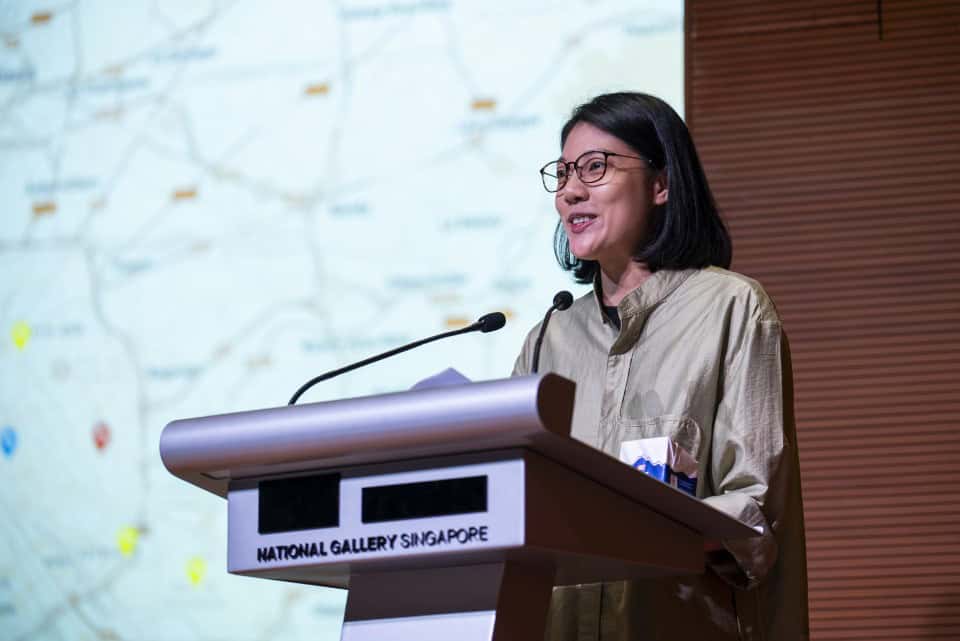
Dr. Scott’s lecture was followed with two research presentations by Teo Hui Min and Roy Ng, the Gallery’s Curator and Assistant Curator respectively, who were on the curatorial team for the City of Others exhibition. Teo’s presentation focused on key sites for artists in Paris, such as the studios, academies, and residences of the Montparnasse art district. Contrasting general tourist perceptions of Paris with guides that artists made for art-loving audiences, which especially emphasised sites like art schools and museums, Teo’s talk brought to mind an image of parallel or overlapping maps of Paris — a city presenting different faces to different guests.

Subsequently, Ng’s presentation resisted the misperception of photography as an “objective” medium, instead recognising it as a space for “mimicry, subversion, and performance.” First exploring how photography could be used to circulate stereotypical images of exotic “others,” thus supporting colonial efforts, Roy then compared works by American artist Man Ray, Cuban artist Wifredo Lam, and Indian photographer Umrao Singh Sher-Gil, exemplifying how Asian artists used images to construct their own identities in defiance of dominant tropes.
Beyond the exhibition
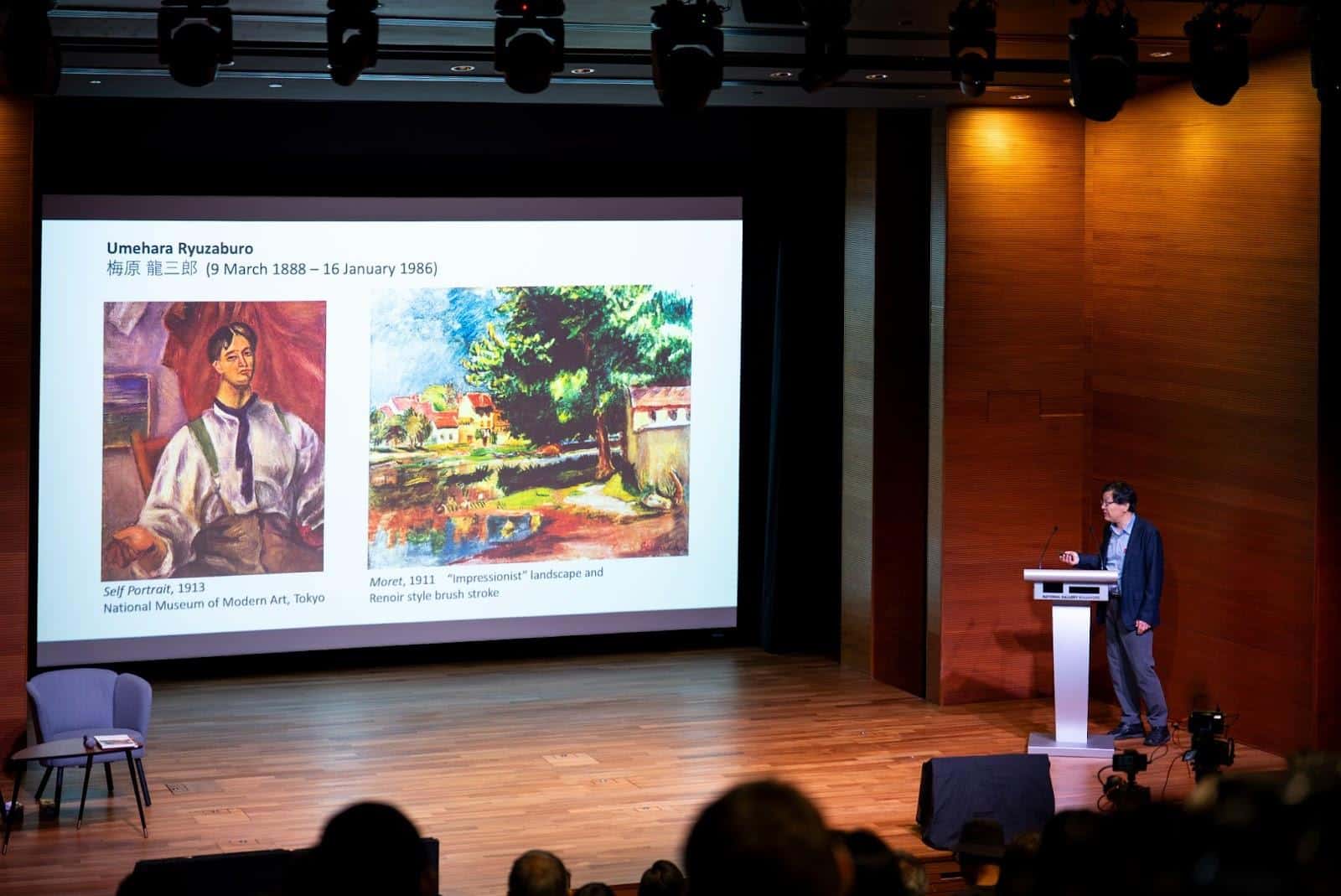
The symposium continued with a fast-paced, far-ranging keynote by Professor Inaga Shigemi of the International Research Center for Japanese Studies. Drawing connections between Eastern and Western aesthetics, Professor Inaga advanced a “circular spiral model” of artistic exchange between Asia and Euro-America, emphasising that “influence” did not just flow simply from one site or artist to another but rather circulated repeatedly in multiple directions. Excerpted writings from the interwar period illustrated that Japanese and Western artists both took interest in the other’s aesthetic traditions, and that Japanese commentators recognised precedents to modern avant-garde movements in their own traditional art.
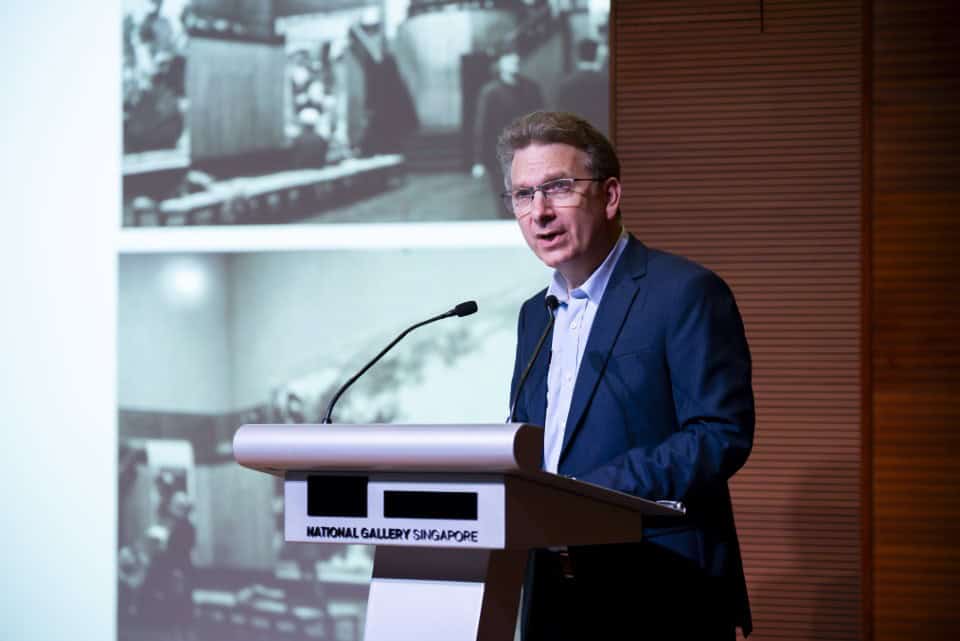
Dr. Eric Lefebvre, Director of the Musée Cernuschi, one of France’s oldest museums of Asian art, delivered the final keynote. He expanded his time frame beyond the interwar period, identifying three generations of Chinese artists in France, from the likes of Xu Beihong and Pan Yuliang in the 1920s to Huang Yongping and Shen Yuan in the ‘80s and ‘90s. As Dr. Lefebvre discussed the sites, conditions, networks, and exhibitions that shaped the experiences of each generation, his lecture gestured towards further avenues of inquiry beyond the scope of the City of Others exhibition.
The symposium concluded with a lively Curatorial Roundtable, moderated by Dr. Flores and bringing together Dr. Scott, Teo, and Ng alongside Dr. Cai Heng and Horikawa Lisa from the curatorial team. Here, Dr. Flores emphasised that Asian artists were not just part of the art world, but also involved in a “larger public sphere” as activists, workers, objects of surveillance, and builders of institutions.
During the roundtable, Dr. Scott also explained that City of Others’ restricted time frame allowed deep, sustained research into a period when “discourses about foreignness and migration” were “especially loaded.” She then connected these concerns to our current times, when issues of globalisation, otherness, and belonging remain at the fore. “Who belongs where in a city or place?” she asked. “What does it mean to belong in multiple places today?”
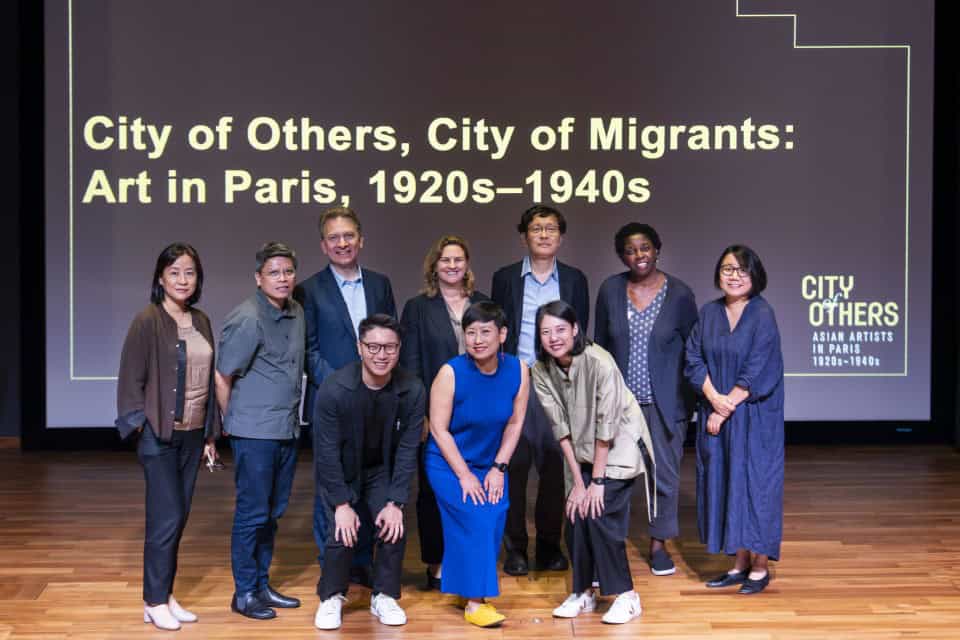
Re-envisioning interwar Paris thus becomes more than a distant intellectual exercise, offering us much to learn from the ways diasporic artists constructed their identities, resisted stereotypes, and found belonging in new sites and communities through art. In the end, City of Others’ central takeaway for our times might be simply the idea — in Dr. Scott’s words — “that our spaces contain diversity, contain multitudes, and they always have.”
___________________________________
The symposium City of Others, City of Migrants: Art in Paris, 1920s–1940s took place from 6–7 June 2025. The exhibition City of Others: Asian Artists in Paris, 1920s–1940s runs at National Gallery Singapore until 17 August 2025. Find out more and get tickets at nationalgallery.sg.
This article is produced in paid partnership with National Gallery Singapore. Thank you for supporting the institutions that support Plural.
Support our work on Patreon
Become a memberYou might also like
Fair Play? Rethinking Pop Culture Conventions and Their Place in the Art Landscape
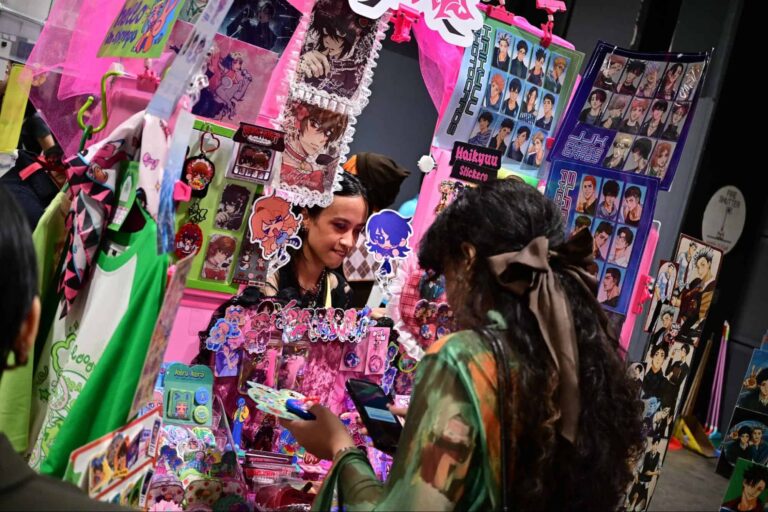
Solamalay Namasivayam: Singapore’s Unacknowledged Master of the Nude
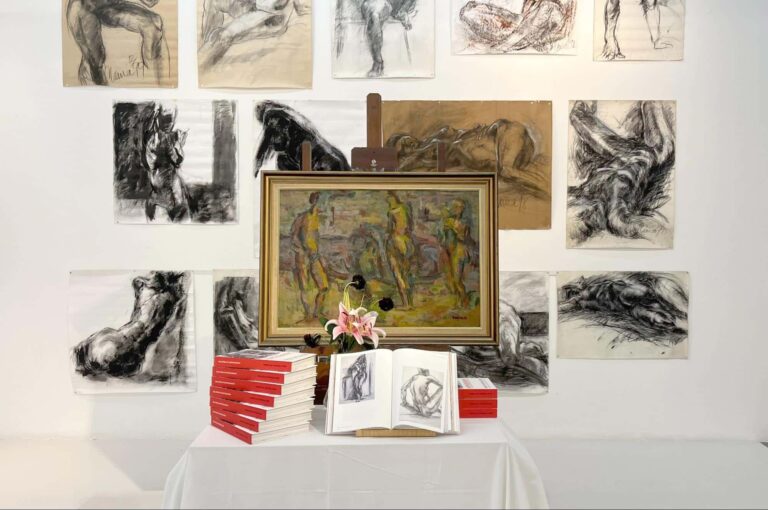
What is Creative Technology? A Curator’s Thoughts on Media, Art, and Design
